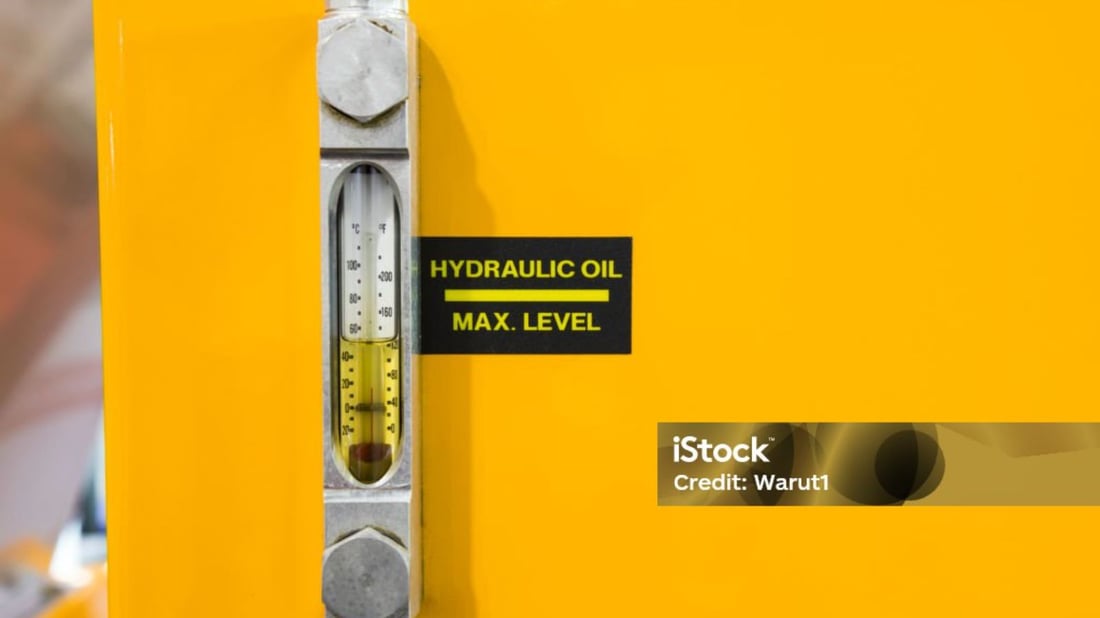1. Magnetic Level Gauges
Magnetic level gauges are one of the most common types of level gauges used in industries. They employ the principles of buoyancy and magnetic coupling to accurately measure the level of liquids in a container. These gauges are known for their reliability and durability, making them a popular choice for many different applications.
2. Sight Glass Level Gauges
Sight glass level gauges provide a direct visual indication of the liquid level in a container. They consist of a transparent glass tube or sight glass that allows operators to see the liquid level directly. This type of level gauge is widely used in applications where visual inspection is crucial, such as in the food and pharmaceutical industries.
3. Ultrasonic Level Gauges
Ultrasonic level gauges use high-frequency sound waves to measure the level of a liquid in a container. These gauges are non-contact, which means they do not come into direct contact with the liquid, making them ideal for applications where contamination needs to be avoided. Ultrasonic level gauges are highly accurate and reliable, making them suitable for a wide range of industries.
4. Capacitance Level Gauges
Capacitance level gauges operate on the principle of capacitance, which is the ability of a system to store an electric charge. These gauges measure the change in capacitance as the liquid level changes, providing accurate and reliable level measurements. Capacitance level gauges are often used in applications where high precision is required.
5. Radar Level Gauges
Radar level gauges utilize radar waves to measure the level of liquids in a container. These gauges are known for their ability to provide accurate measurements in challenging environments, such as those with extreme temperatures or pressures. Radar level gauges are commonly used in industries such as oil and gas, where precise level measurements are essential.
6. Float Level Gauges
Float level gauges consist of a float that moves up and down with the liquid level in a container. As the liquid level changes, the float moves accordingly, providing a visual indication of the level. Float level gauges are simple yet effective, making them a popular choice for many applications where cost-effectiveness is important.
7. Differential Pressure Level Gauges
Differential pressure level gauges rely on the difference in pressure between the bottom and top of a container to measure the liquid level. By measuring the pressure difference, these gauges can accurately determine the liquid level in a container. This type of level gauge is often used in applications where precise measurement is crucial.
8. Guided Wave Radar Level Gauges
Guided wave radar level gauges use a probe that guides microwave or radio frequency signals down into the liquid to measure the level. These gauges are known for their accuracy and reliability, making them suitable for applications where precise level measurements are required. Guided wave radar level gauges are commonly used in industries such as chemical processing and wastewater treatment.
9. Hydrostatic Level Gauges
Hydrostatic level gauges rely on the principle of hydrostatic pressure to measure the level of liquids in a container. These gauges use a pressure sensor to detect the pressure exerted by the liquid, which is then converted into a level measurement. Hydrostatic level gauges are widely used in applications where simplicity and reliability are key.
10. Conductive Level Gauges
Conductive level gauges operate on the principle of conductivity, which is the ability of a material to conduct electricity. These gauges use probes that come into contact with the liquid to measure its level. Conductive level gauges are commonly used in applications where continuous level measurement is required, such as in water treatment plants and storage tanks.
Quote Inquiry
Contact us!

